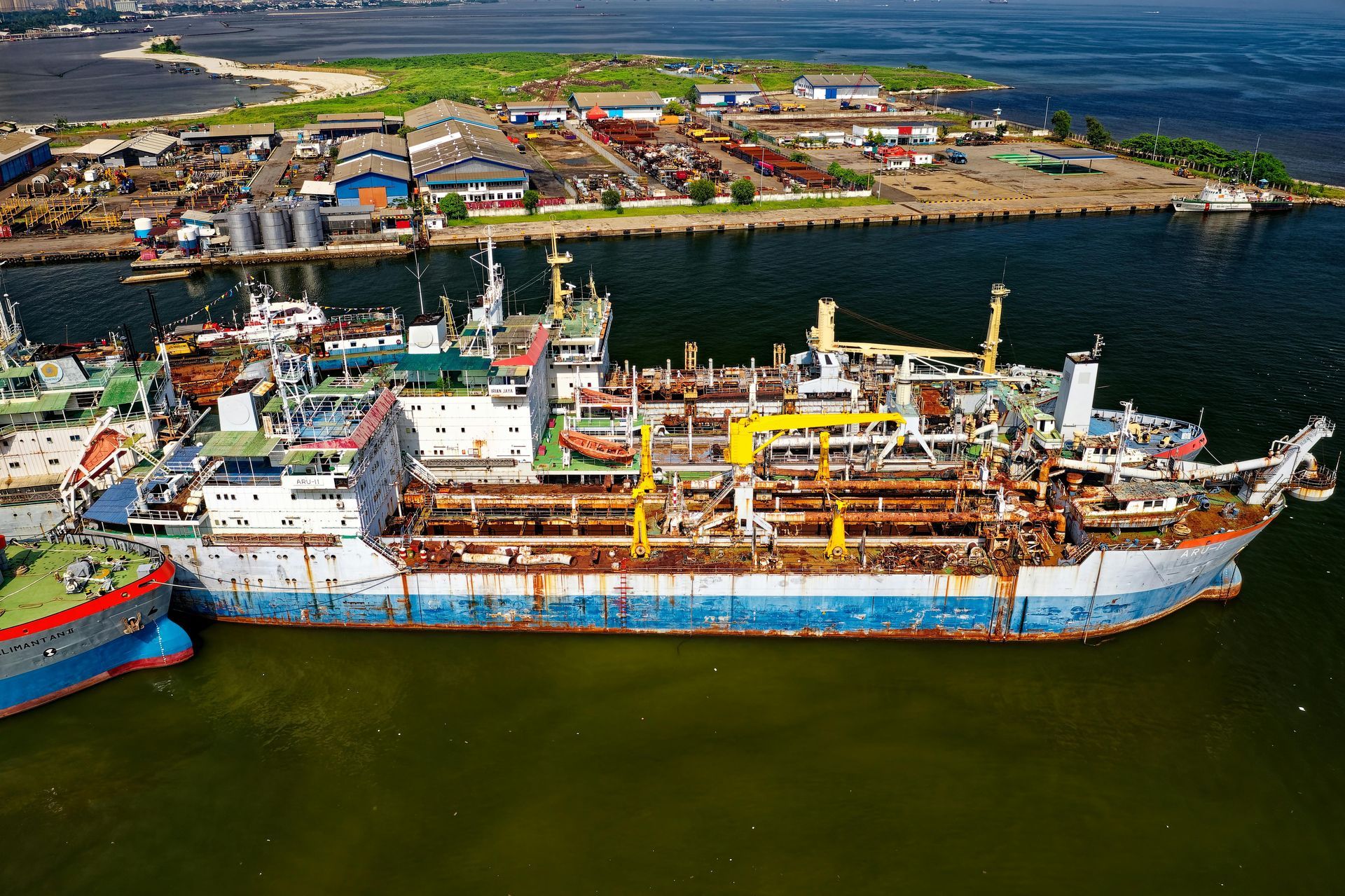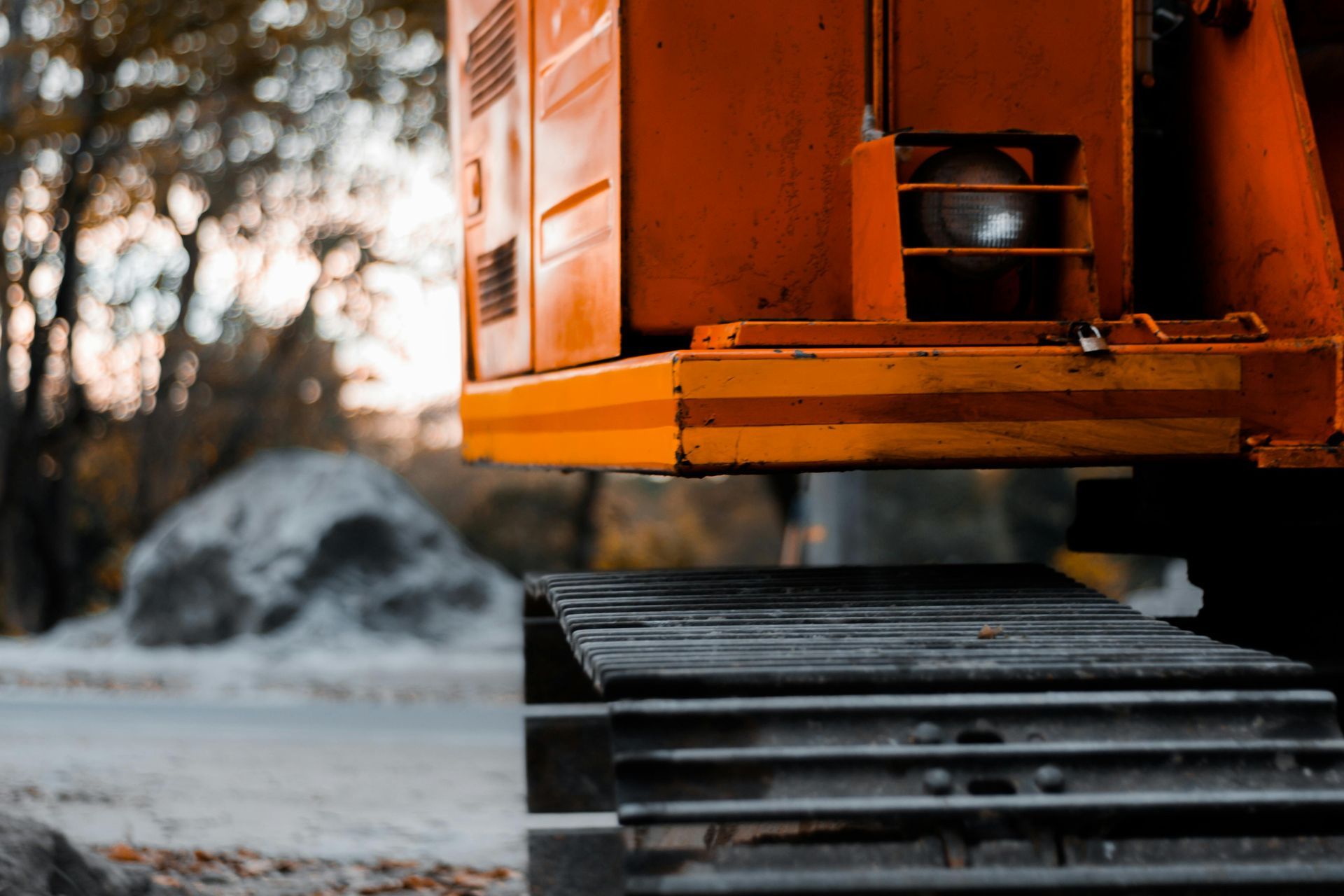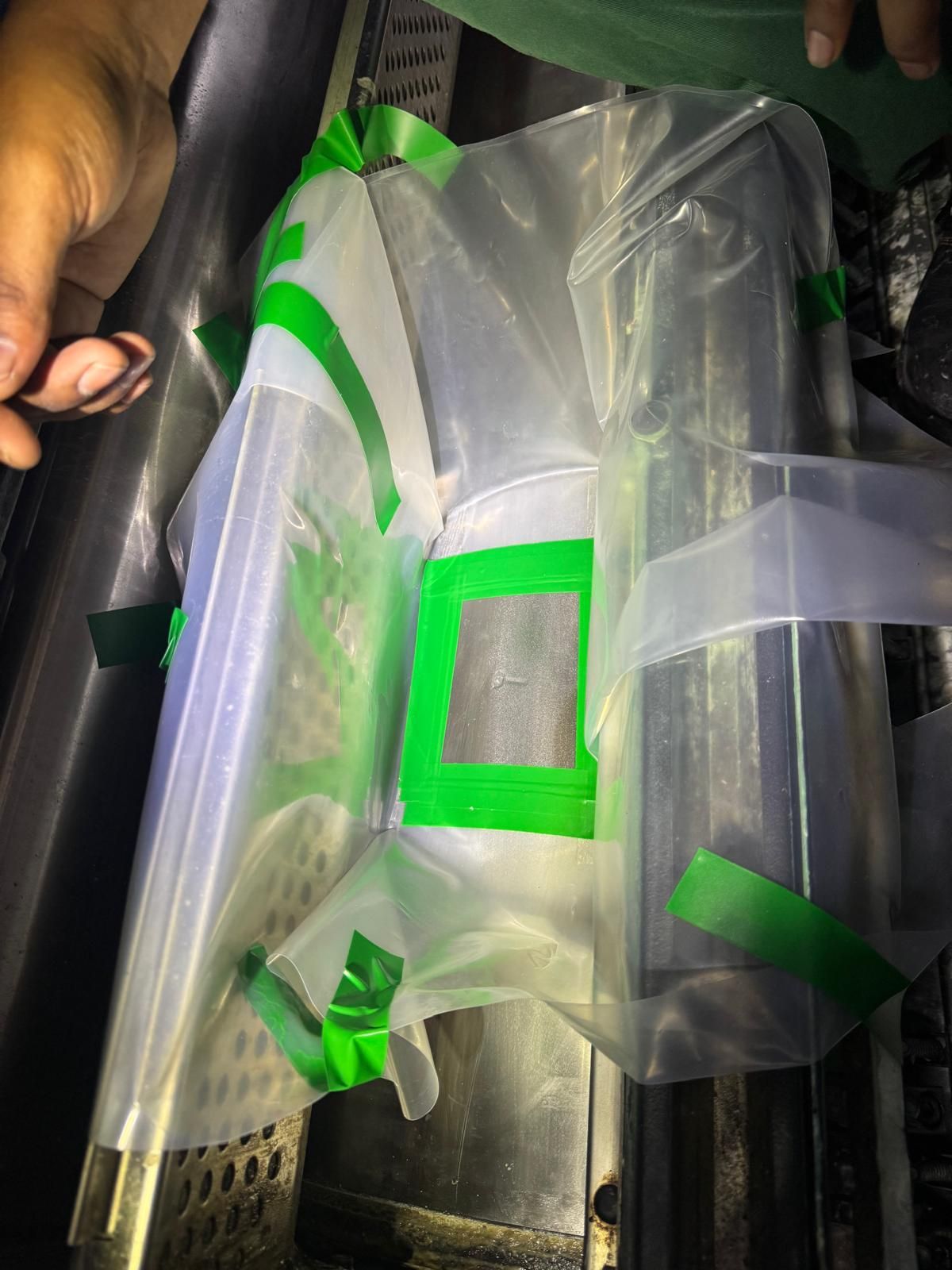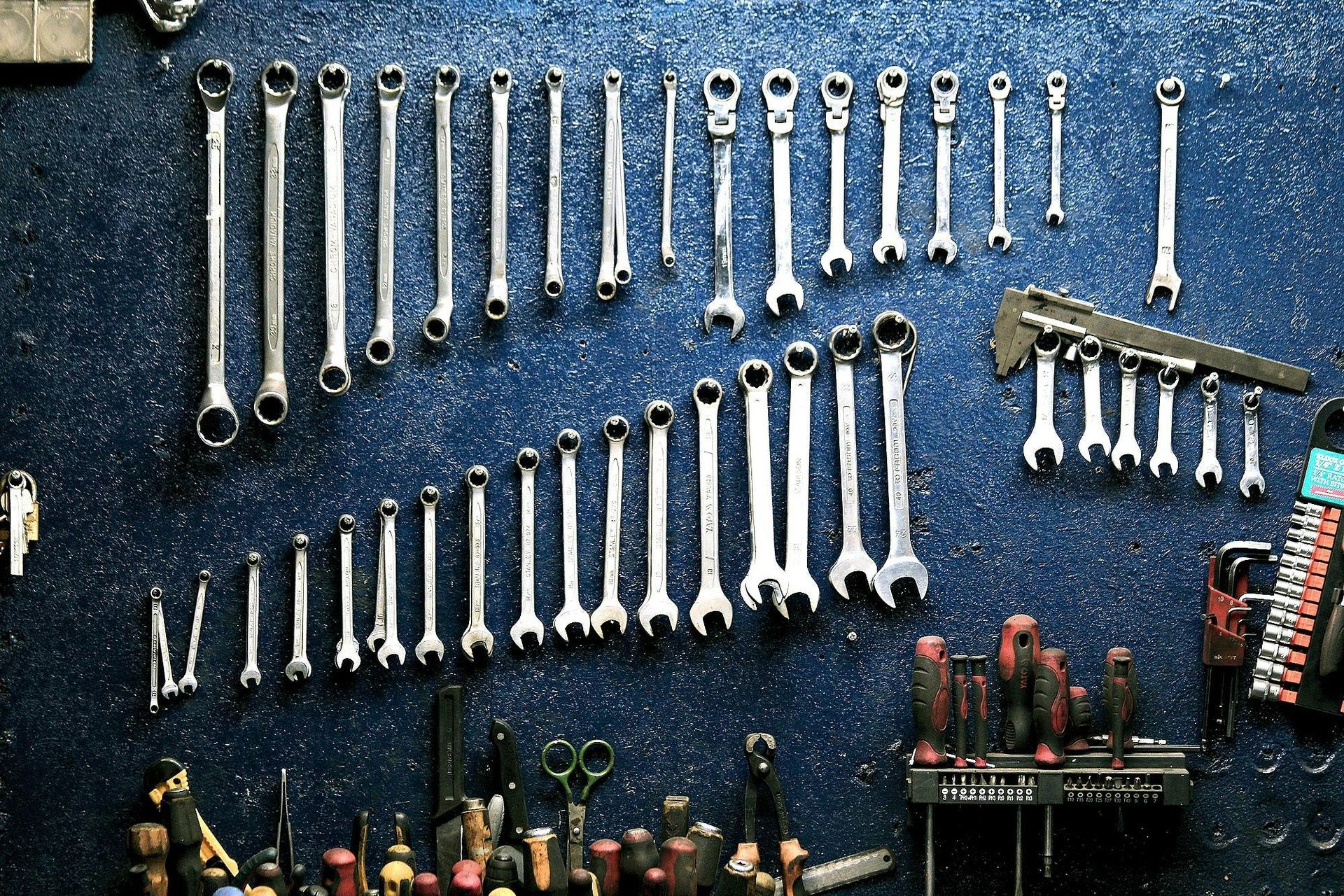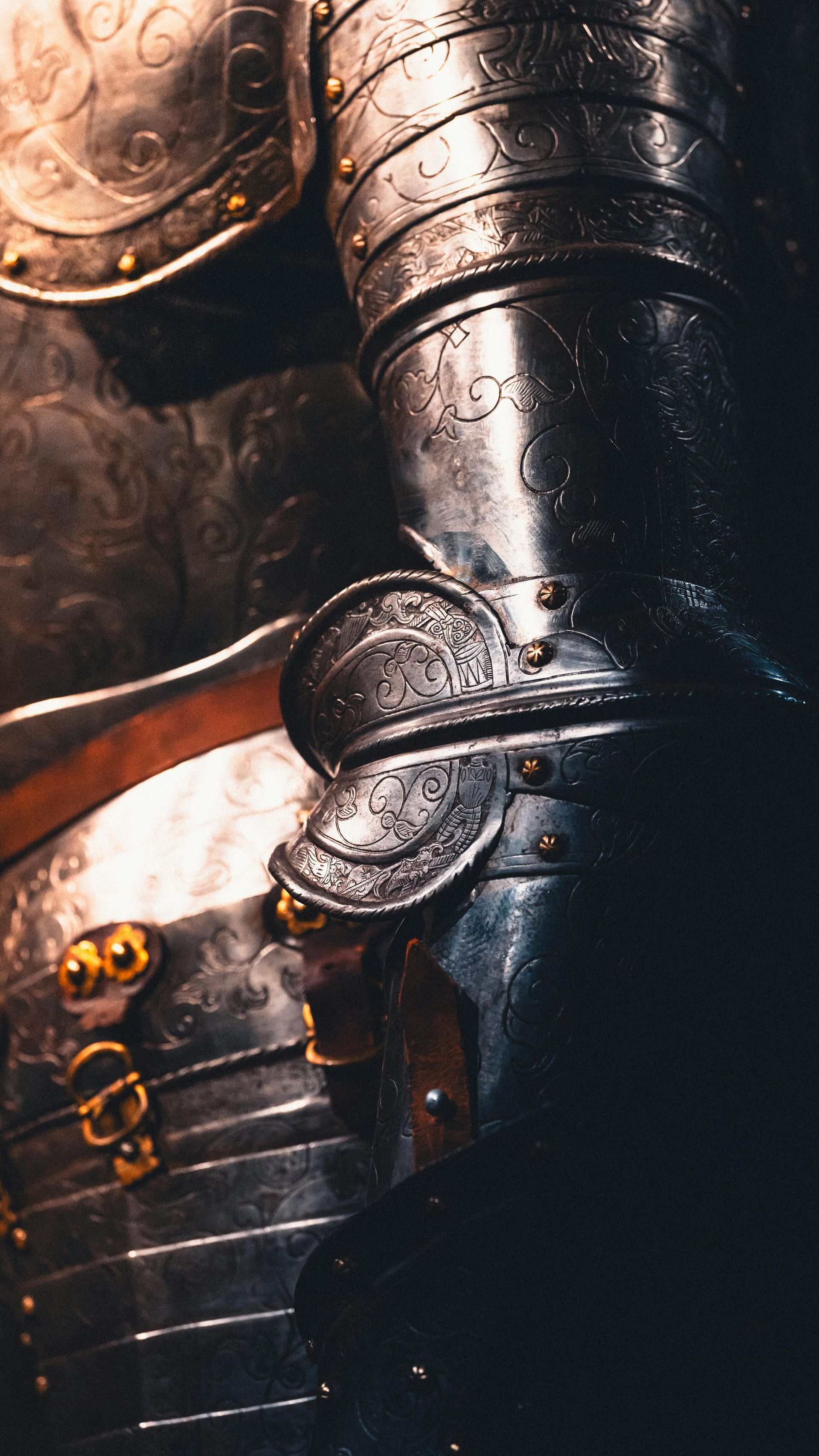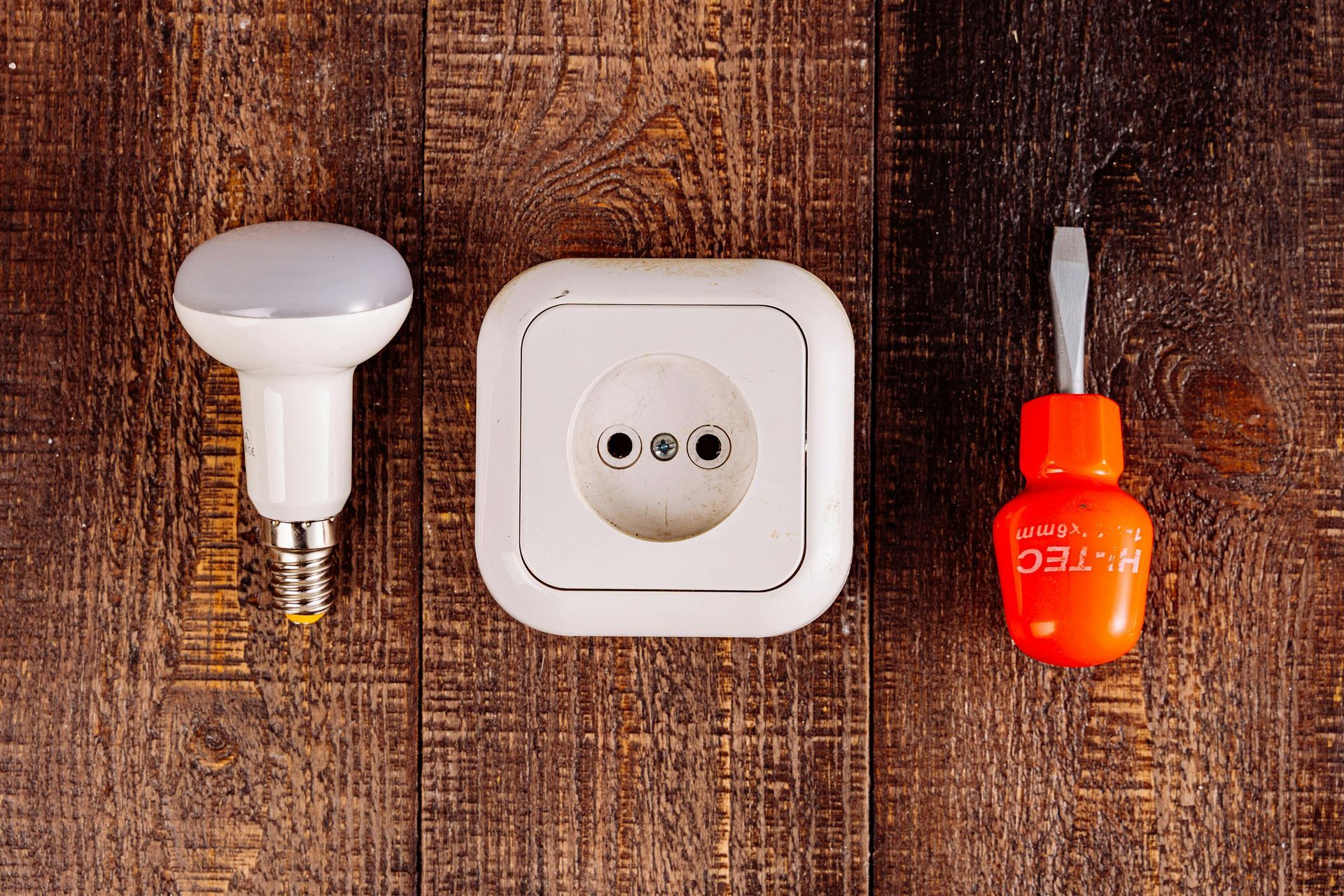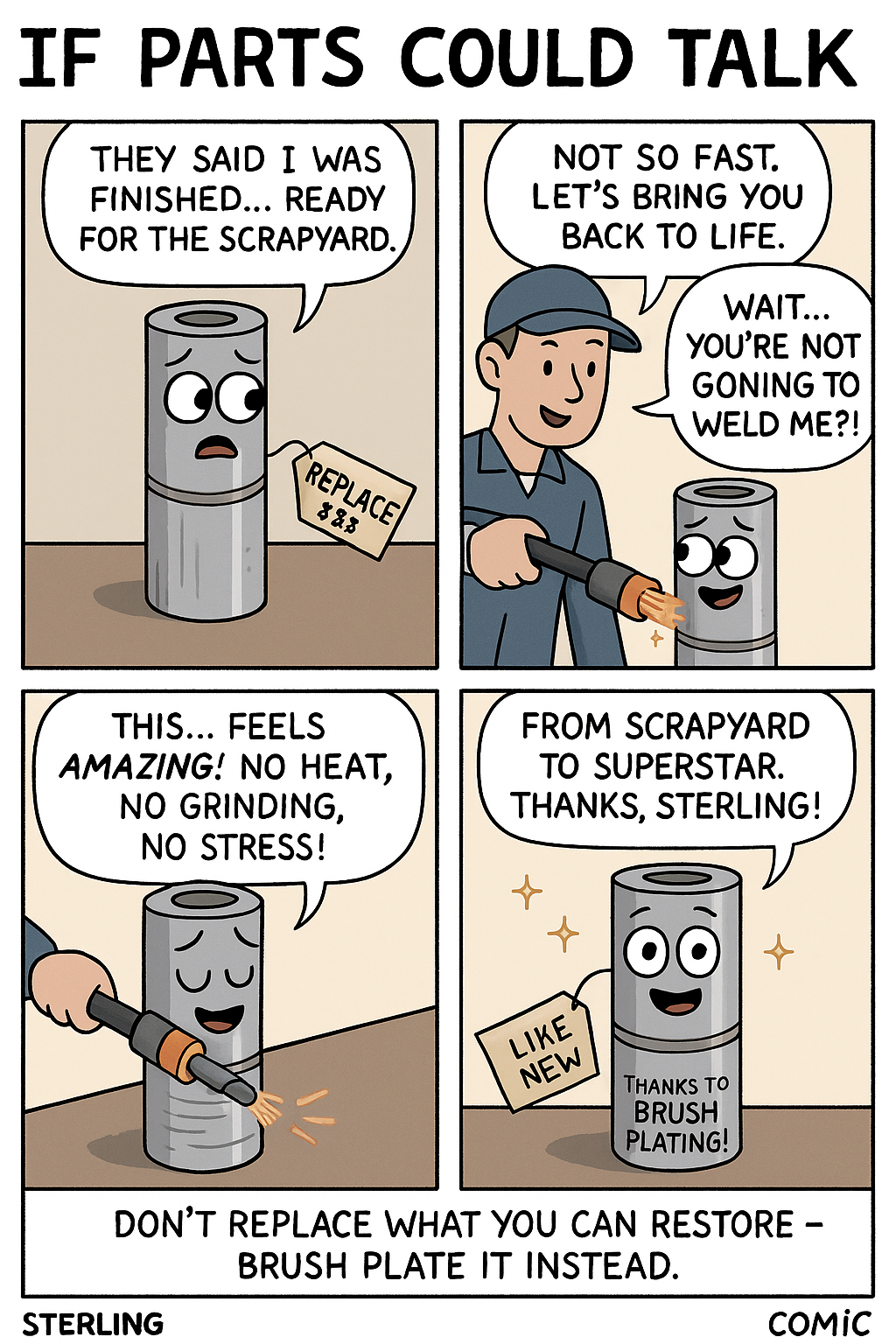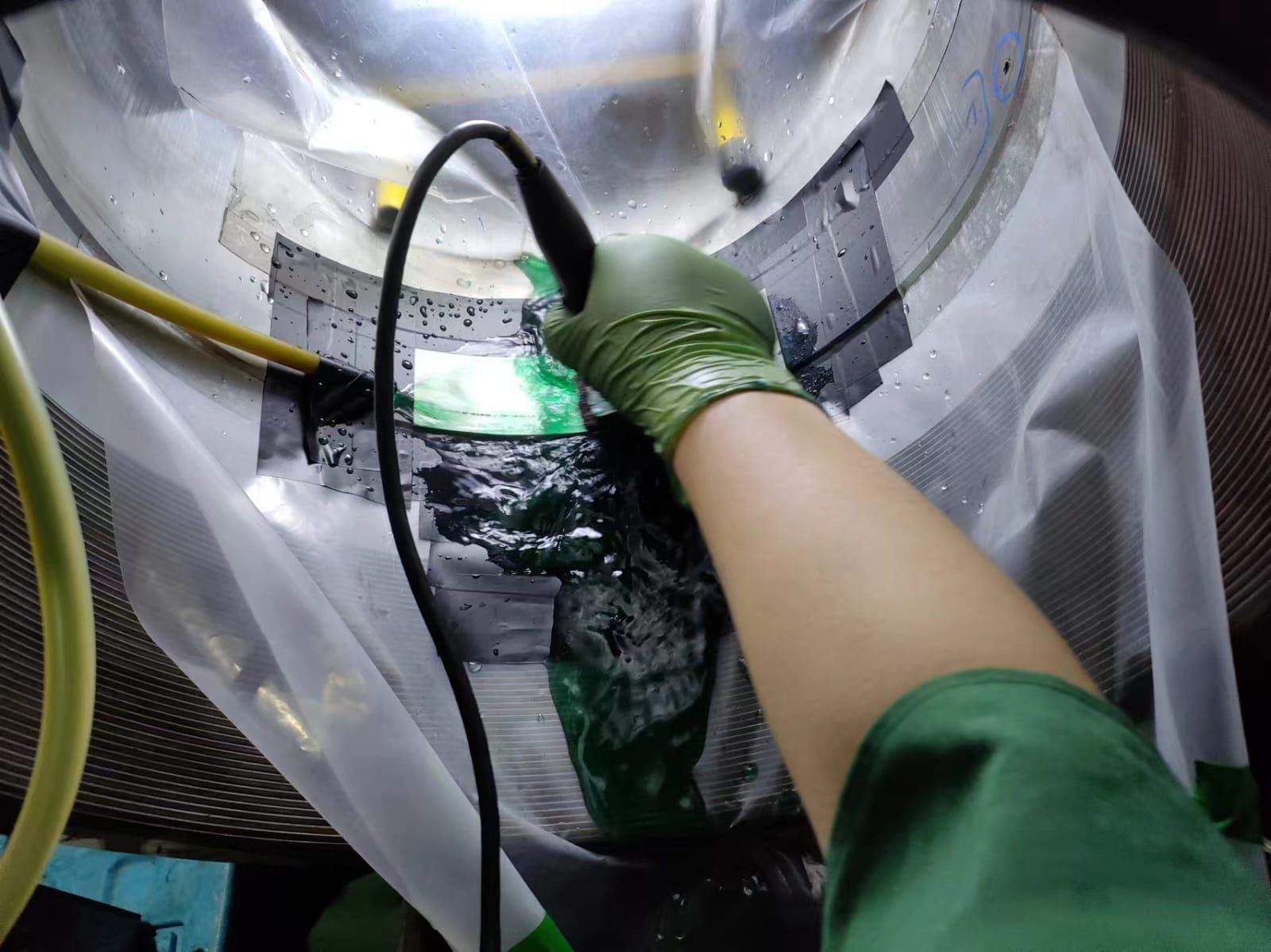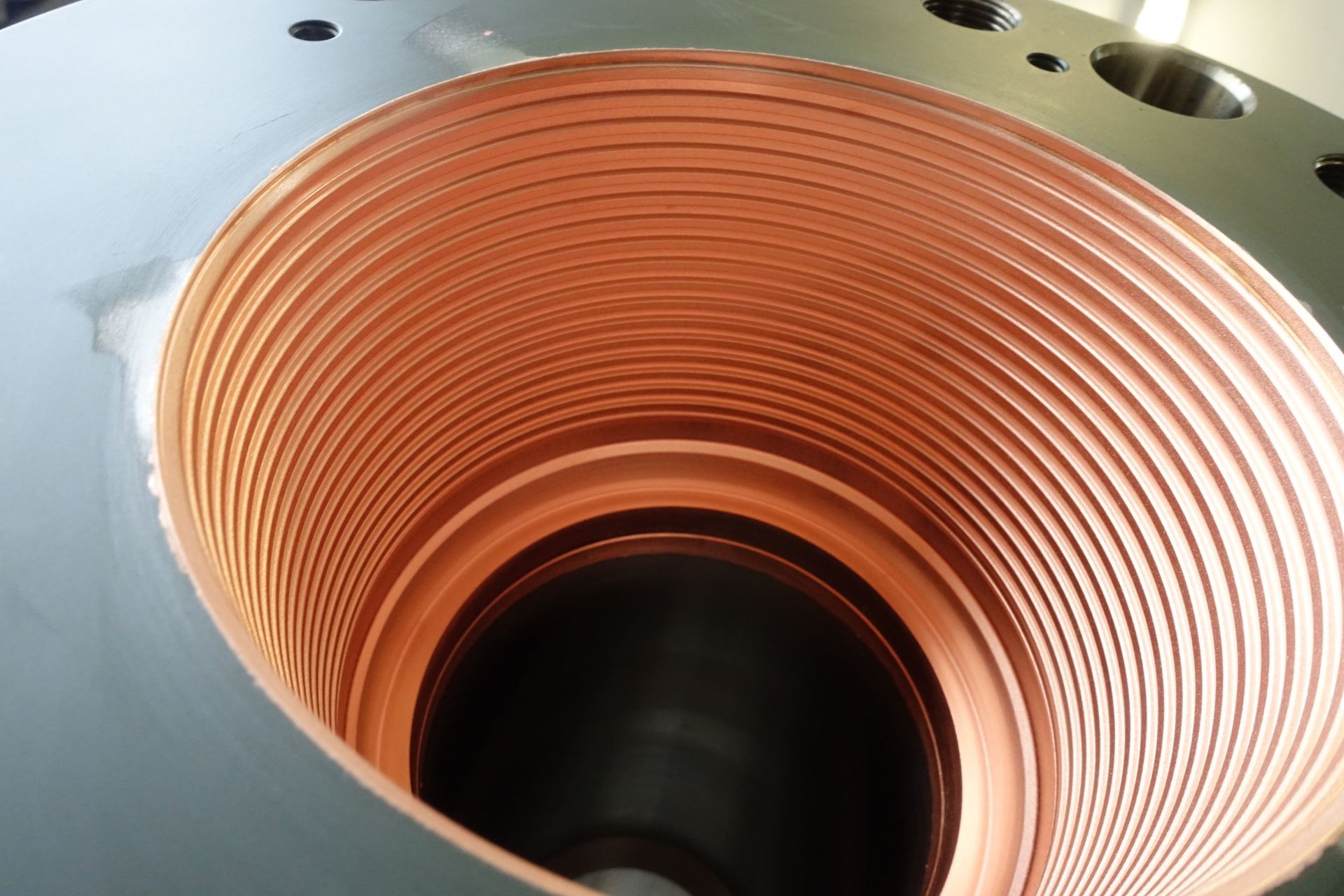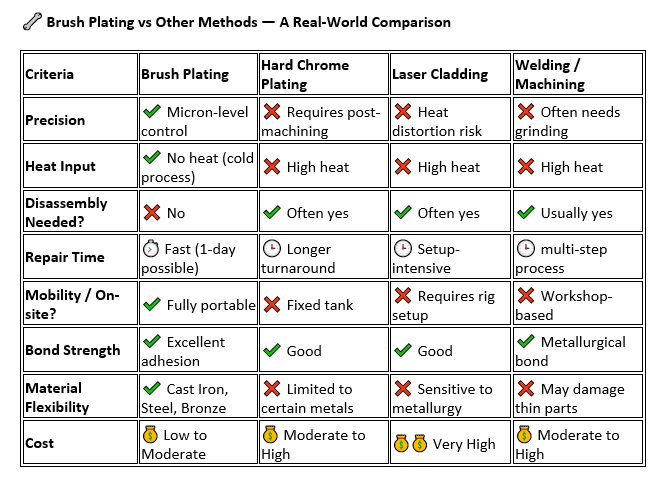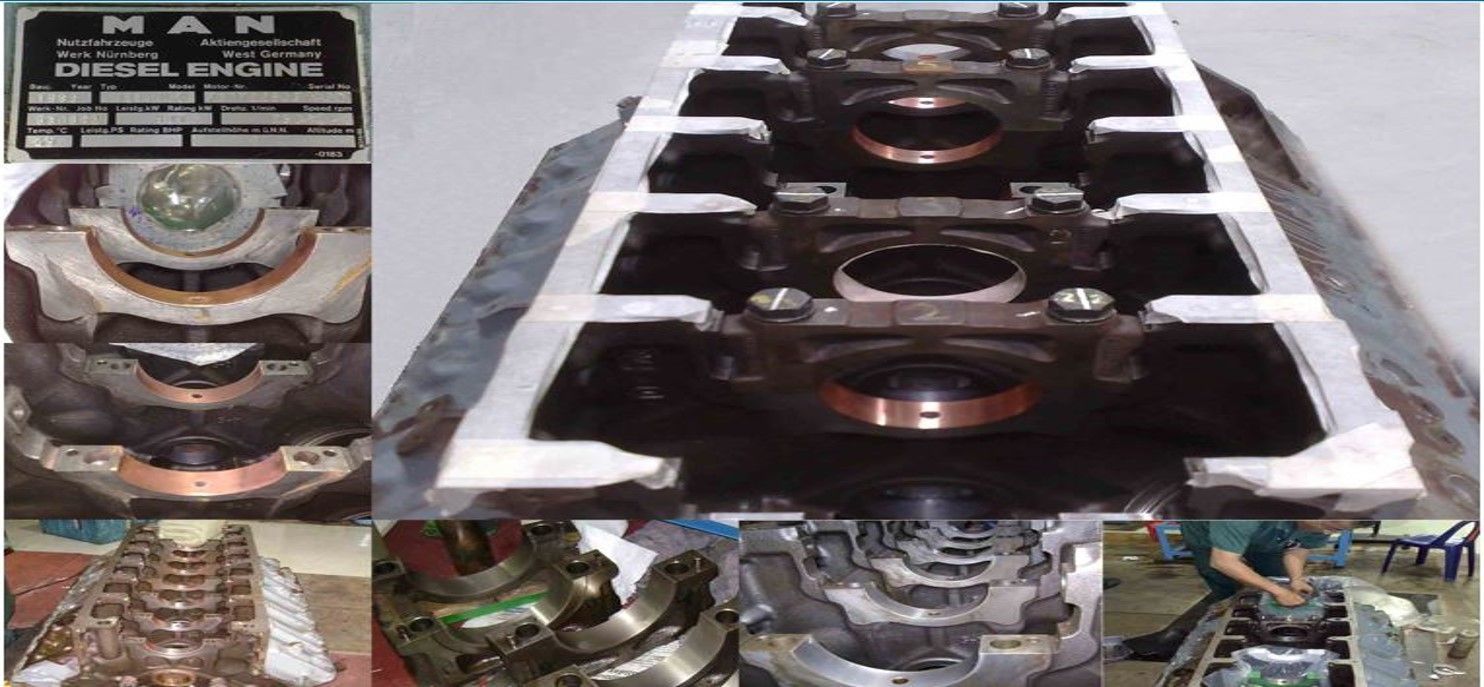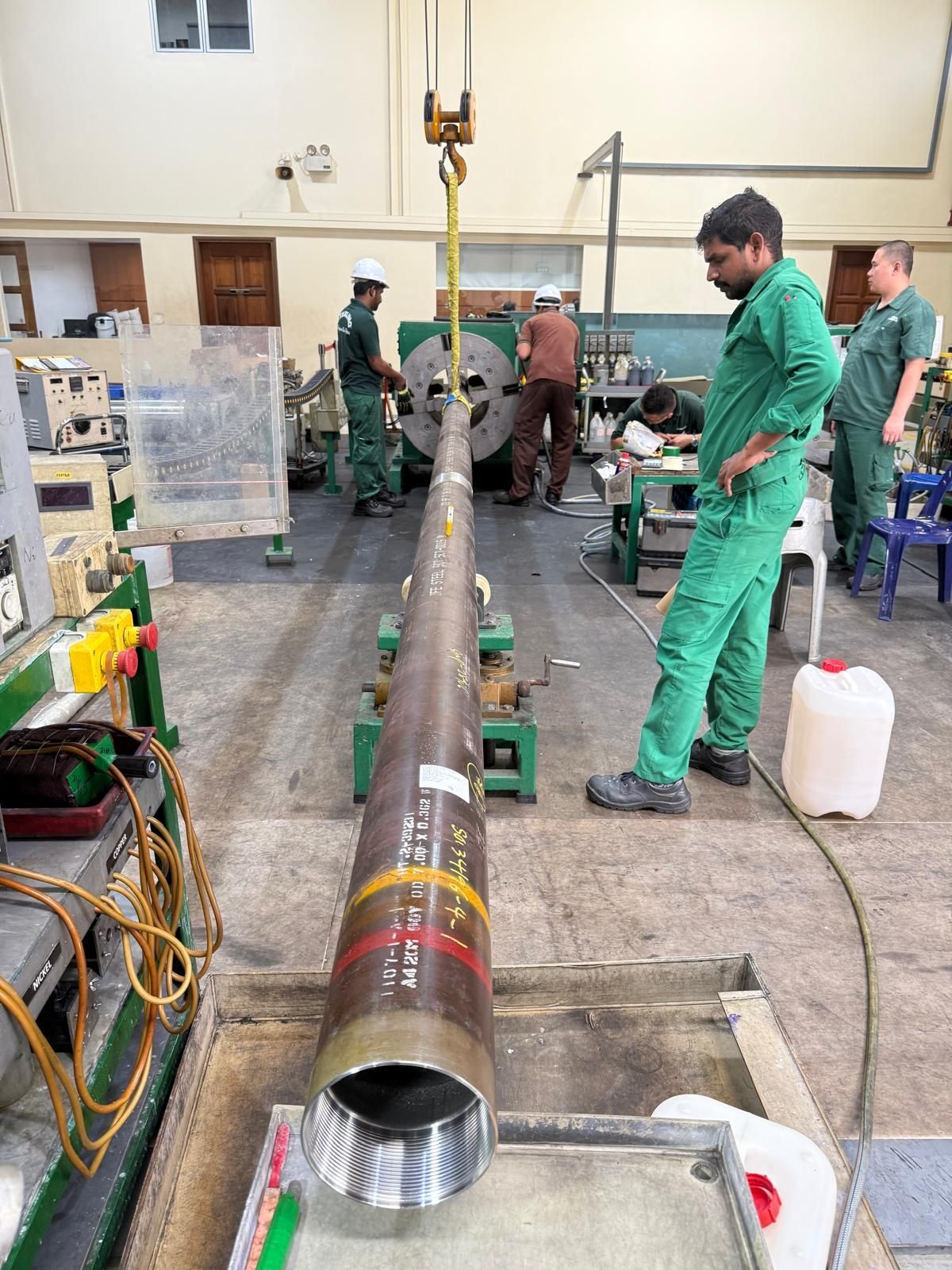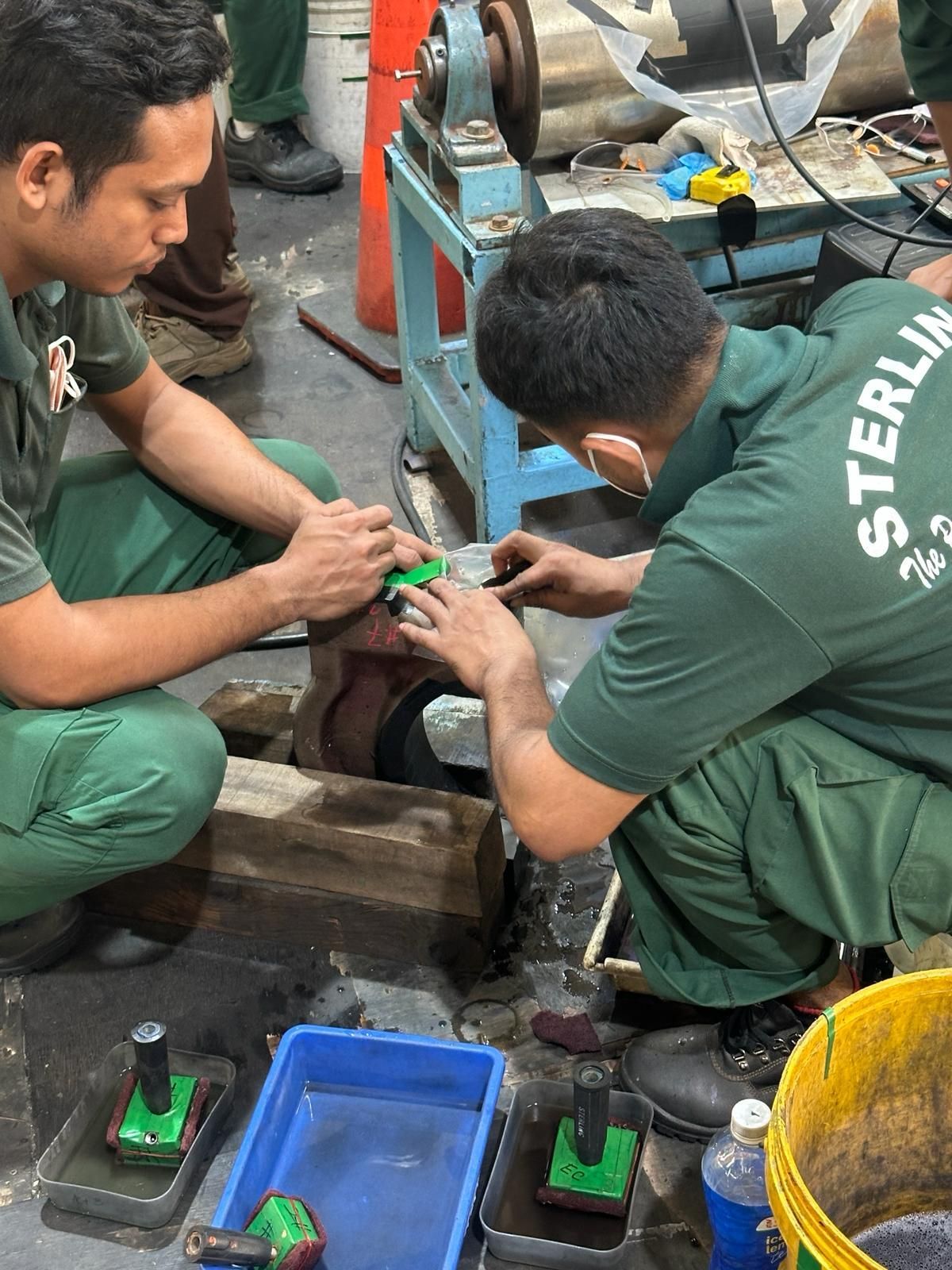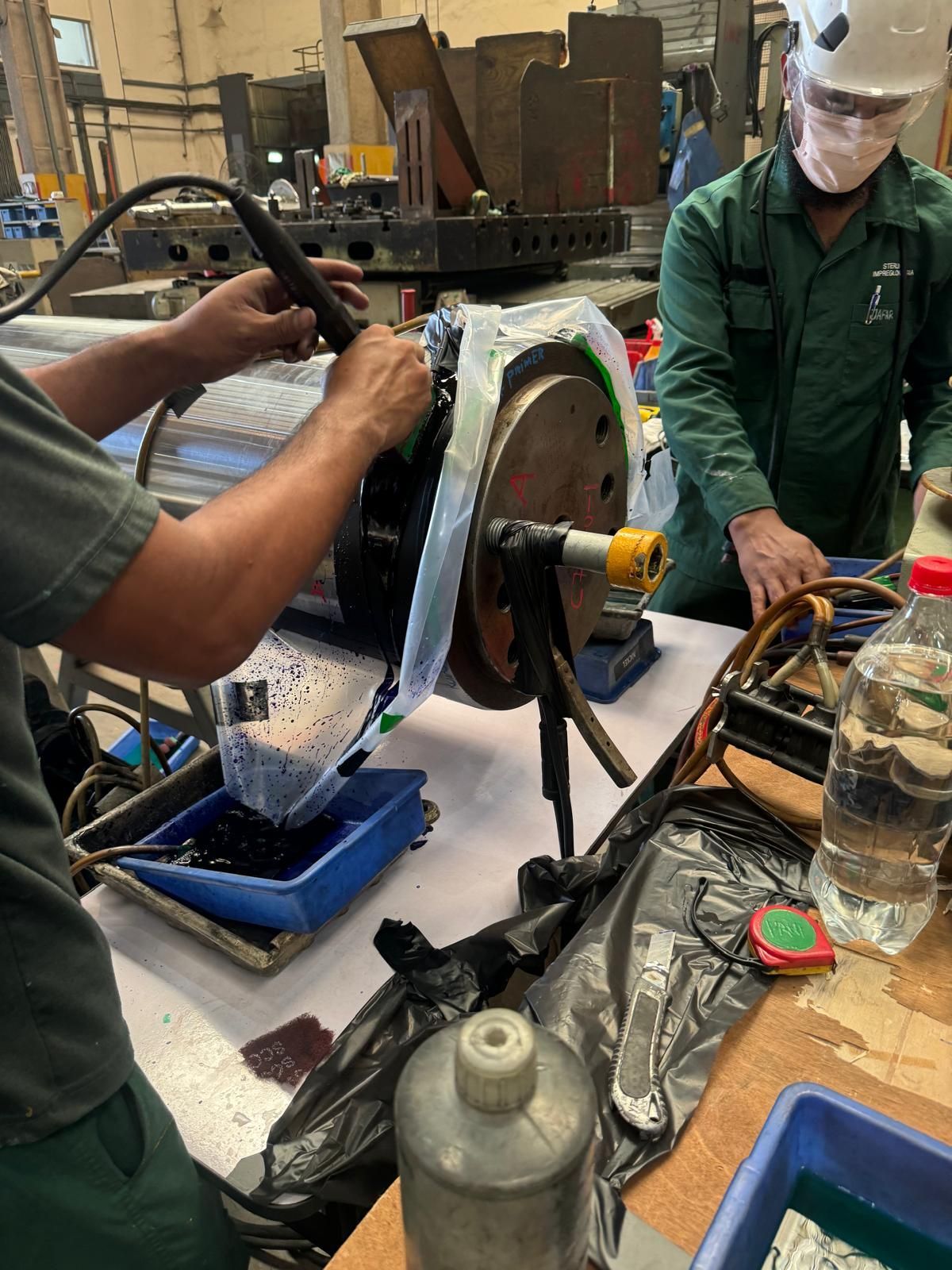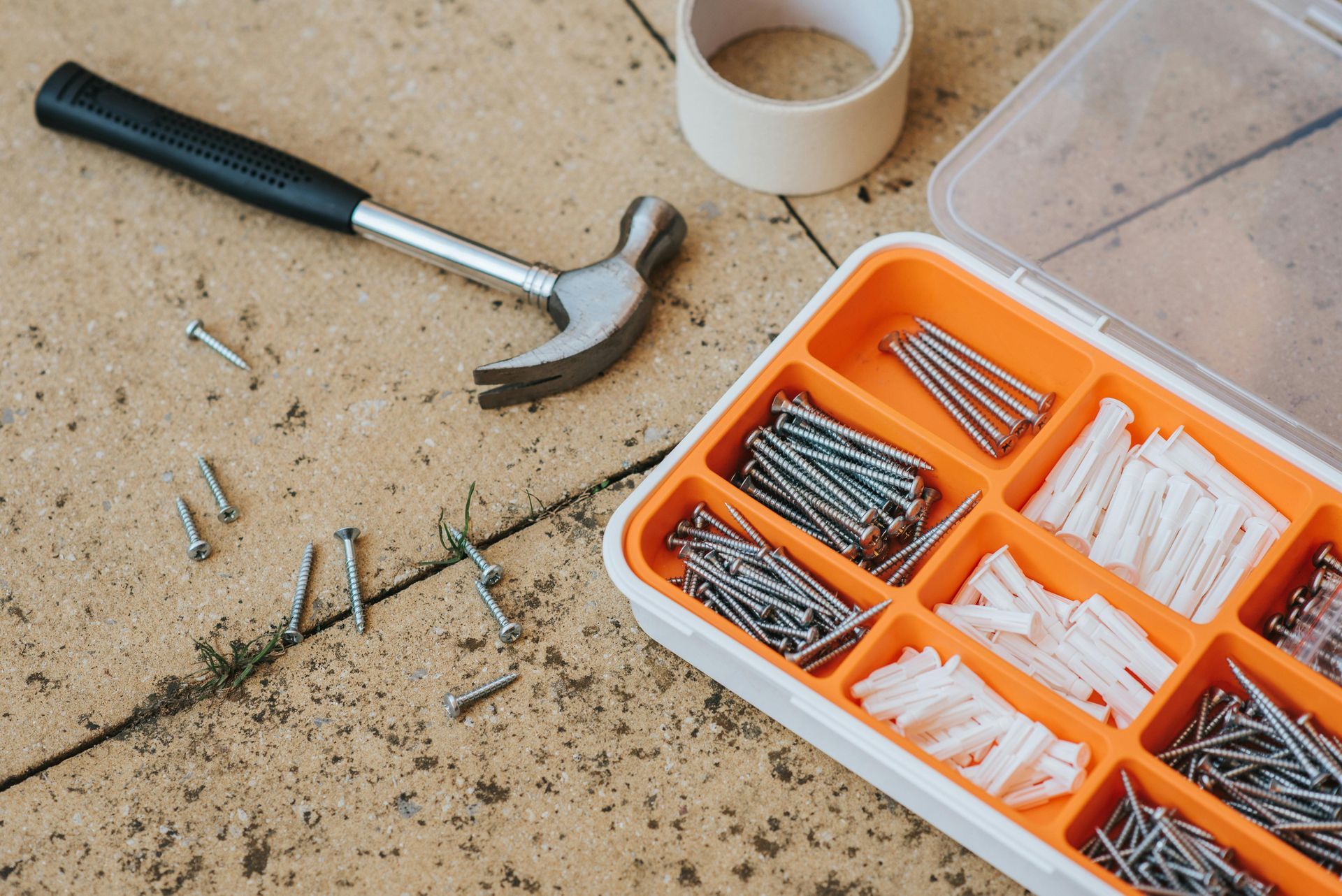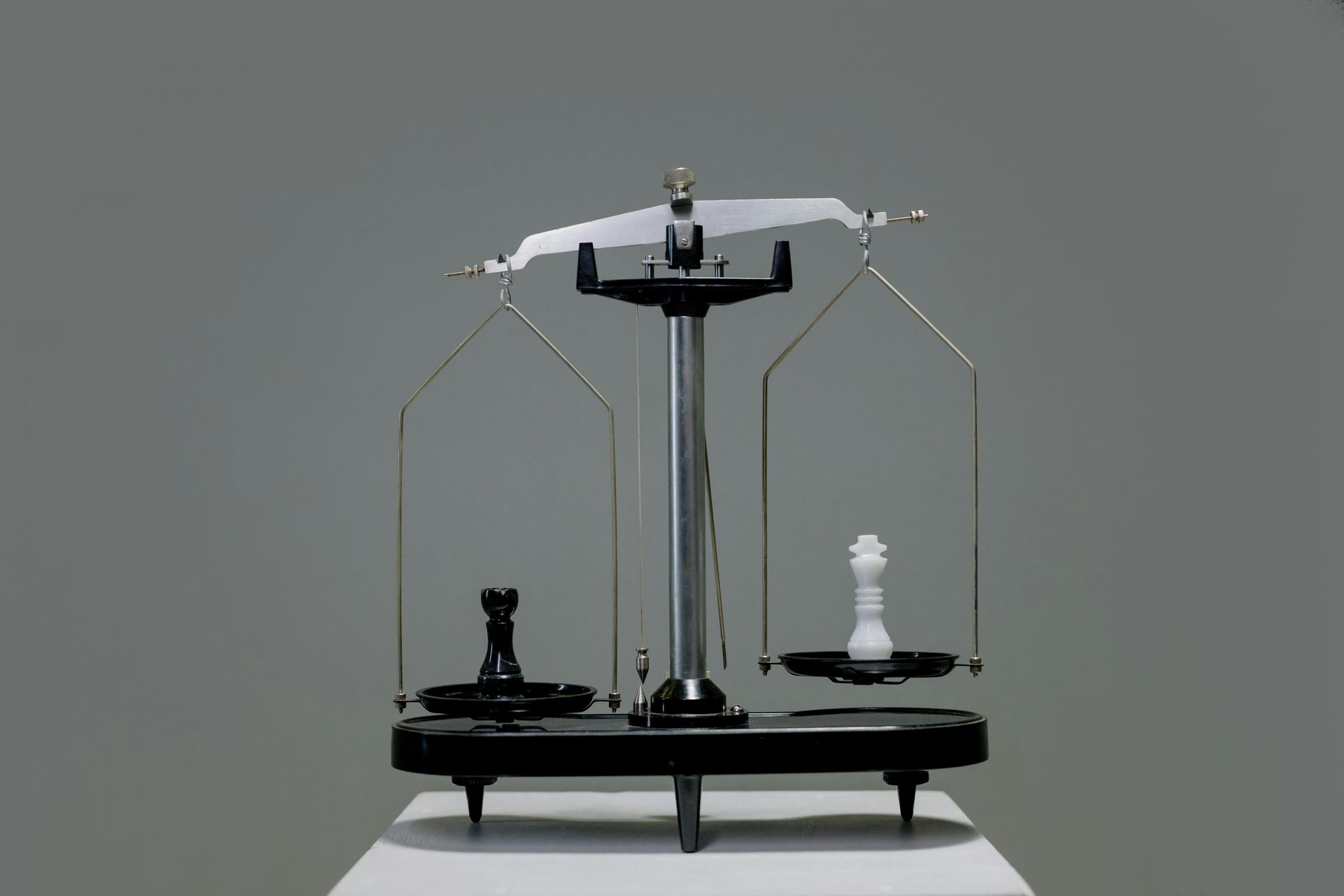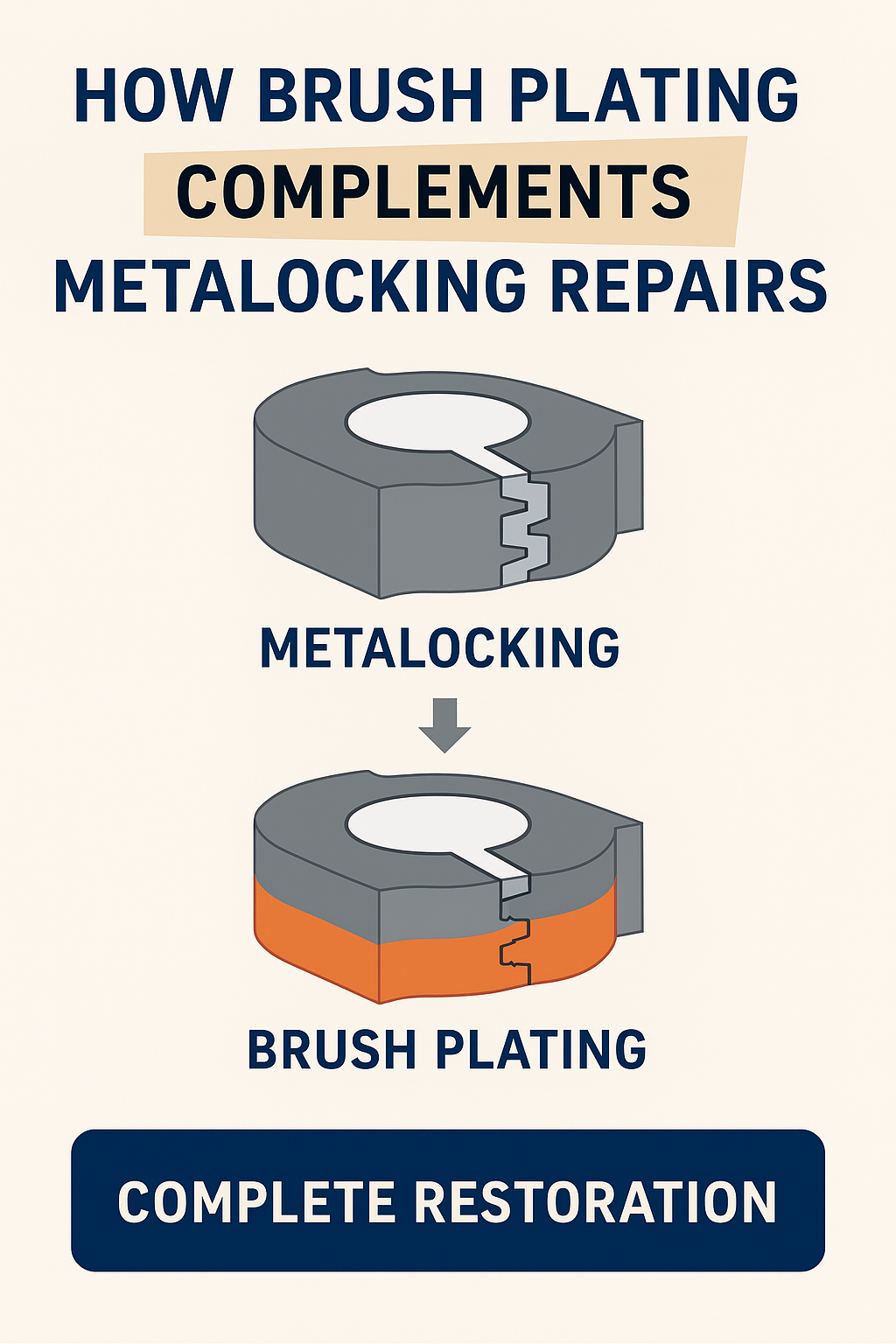Science Behind Brush Plating Adhesion
Understanding the Reason Behind Brush Plating Adhesion Strength
When it comes to restoring worn mechanical components, one of the most critical factors is adhesion strength—how well the new plating bonds to the original surface. At Sterling Impreglon Asia, our Brush Plating process is engineered to deliver exceptional adhesion, ensuring the plated layer does not flake, peel, or separate even under extreme mechanical stress or pressure.
But what gives our Brush Plating its industry-leading bond strength of up to 115,000 PSI? Let us break down the science behind it.
🔬 The Fundamentals of Adhesion in Brush Plating
Adhesion in Brush Plating is achieved through a combination of surface preparation, electrochemical bonding, and controlled plating application:
1️⃣ Meticulous Surface Preparation
Before plating begins, the component surface undergoes several critical steps:
✔ Degreasing – Removes oil, dirt, and contaminants
✔ Electrocleaning & Activation – Prepares the base metal for bonding by removing oxides and opening the metal grain structure
✔ Mechanical Finishing (if required) – Smooths out damaged or corroded areas to restore plating-ready geometry
This process ensures that the metal surface is clean, active, and ready to form a strong electrochemical bond.
2️⃣ Electrochemical Bonding During Plating
Brush Plating uses direct current (DC) passed through a brush anode and a metal electrolyte to deposit metal ions onto the base material. Unlike tank plating, Brush Plating is:
✔ Localized – Focuses only on the area that needs repair
✔ Controlled – Adjusts voltage, current, and contact time for maximum bond integrity
✔ Low Temperature – Operates at ~65°C, eliminating thermal distortion risks
The electrochemical reaction enables metal-to-metal bonding at the molecular level, creating a dense and uniform deposit that adheres exceptionally well to the base material.
3️⃣ No Peeling, No Flaking – Proven Under Pressure
To ensure real-world performance, our plating is tested under rigorous conditions:
🔹 High-Pressure Water Jet Test (200 bar) – Simulates extreme stress to confirm that the copper or nickel plating stays firmly in place
🔹 Adhesion Tape Test – Checks for lifting, peeling, or flaking of the plated layer
🔹 Thickness & Surface Inspections – Verifies plating consistency and dimensional accuracy
Our results consistently show zero failure, making our plating reliable even in OCTG threads, hydraulic shafts, engine components, and other high-load parts.
🛠 Why Strong Adhesion Matters
Strong plating adhesion ensures:
✅ Durability under friction, pressure, and vibration
✅ Long-term resistance to corrosion and wear
✅ Confidence in high-stakes environments like marine, offshore, and oil & gas operations
🔧 Brush Plating: Engineered for Strength
Whether you are restoring scored hydraulic rods, worn industrial shafts, or threaded OCTG connections, Brush Plating provides a high-performance, high-adhesion solution that extends equipment life and reduces the need for costly replacements.
💡 Want to know more about our plating technology or testing process? Contact us today and experience the Sterling difference










